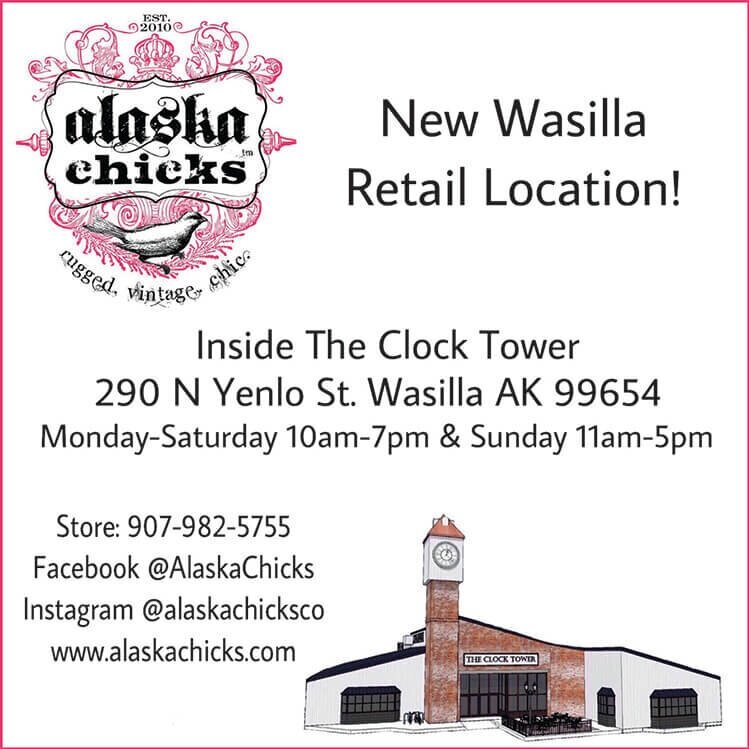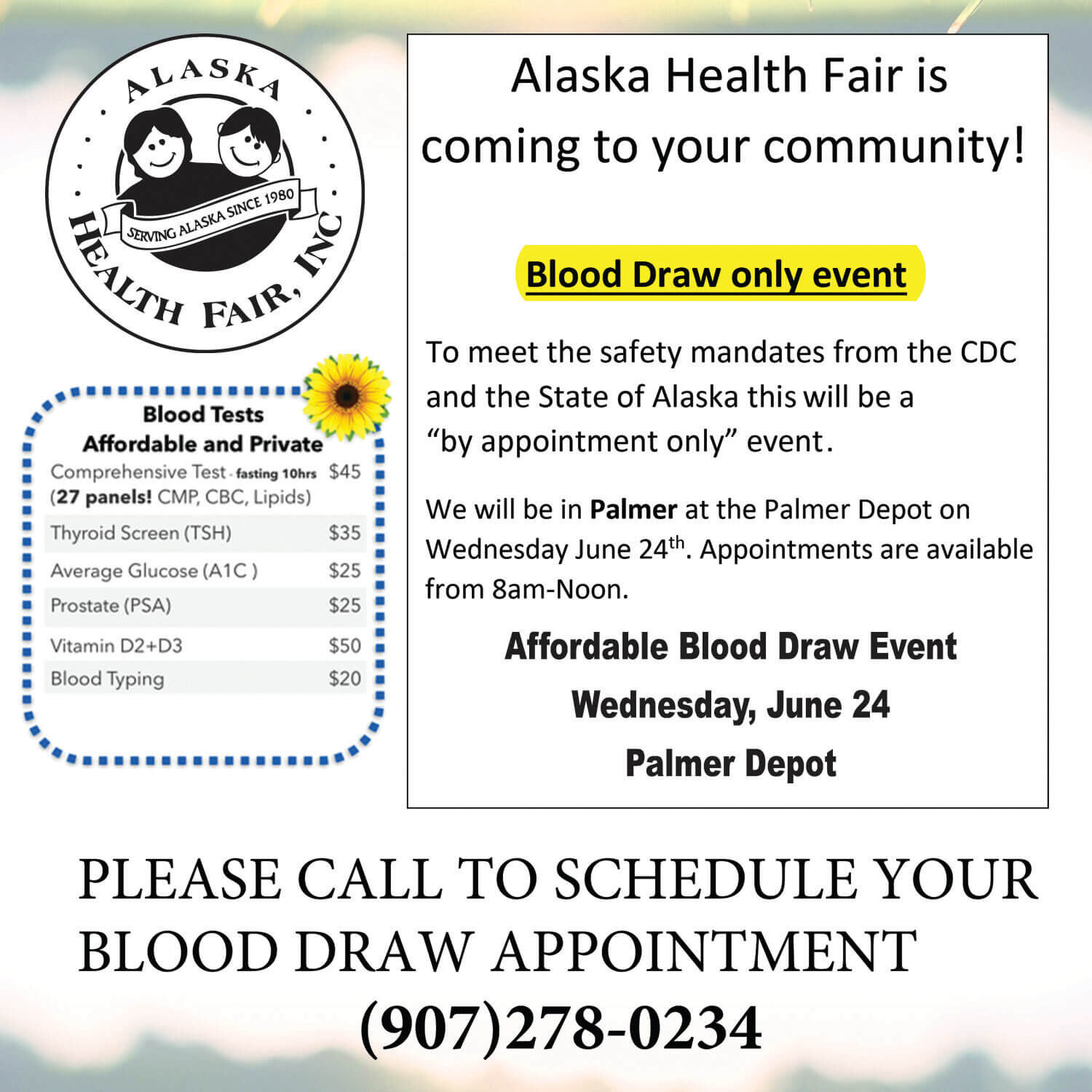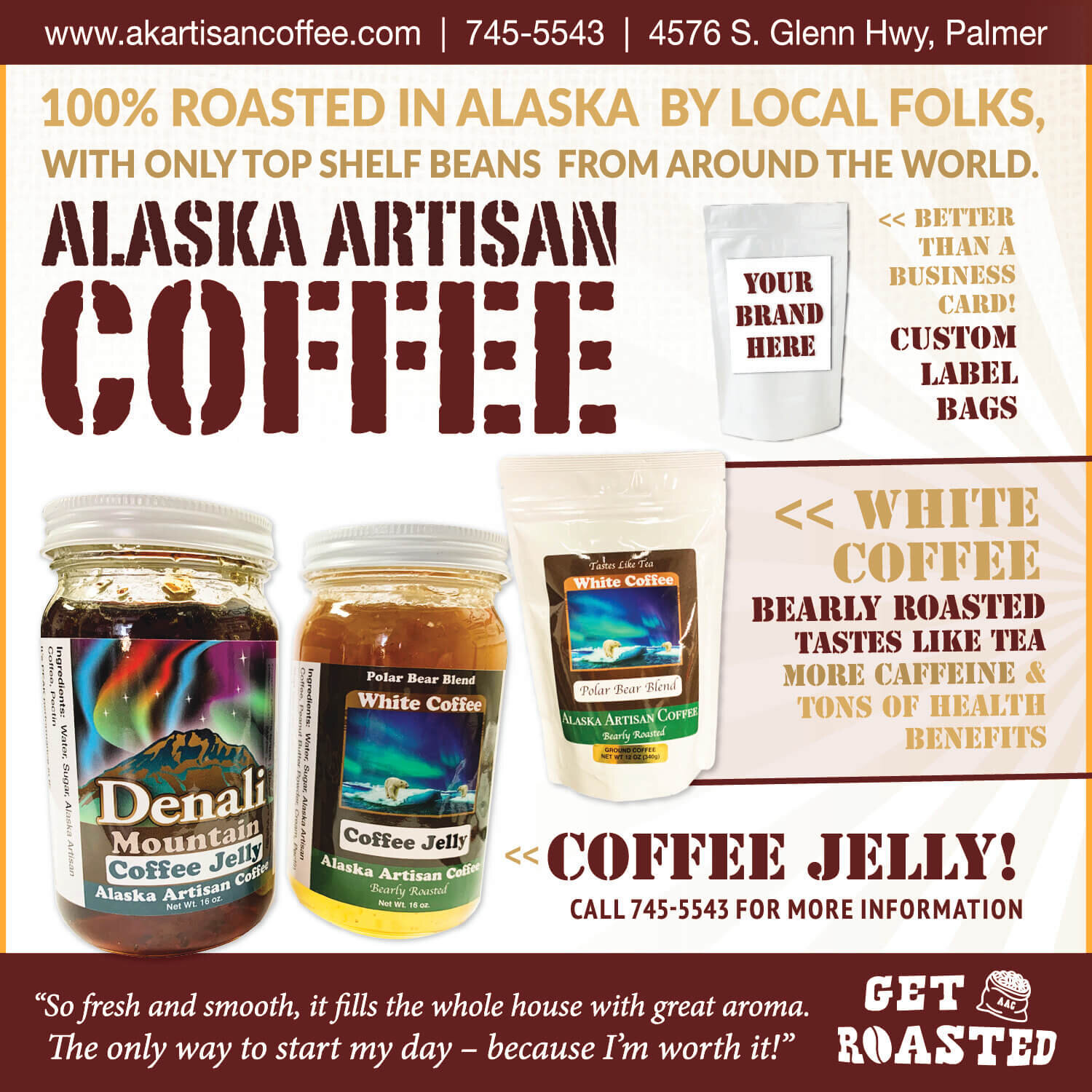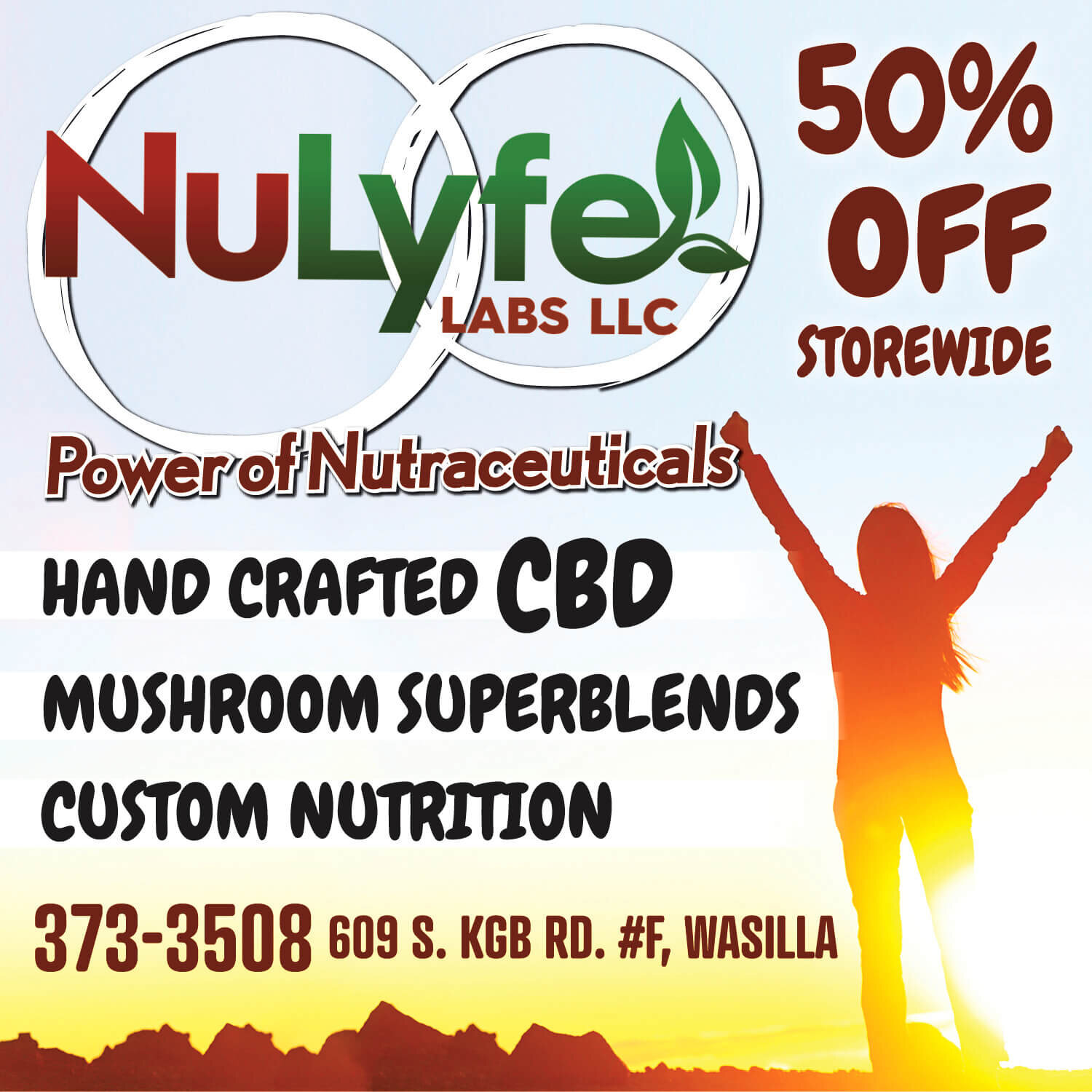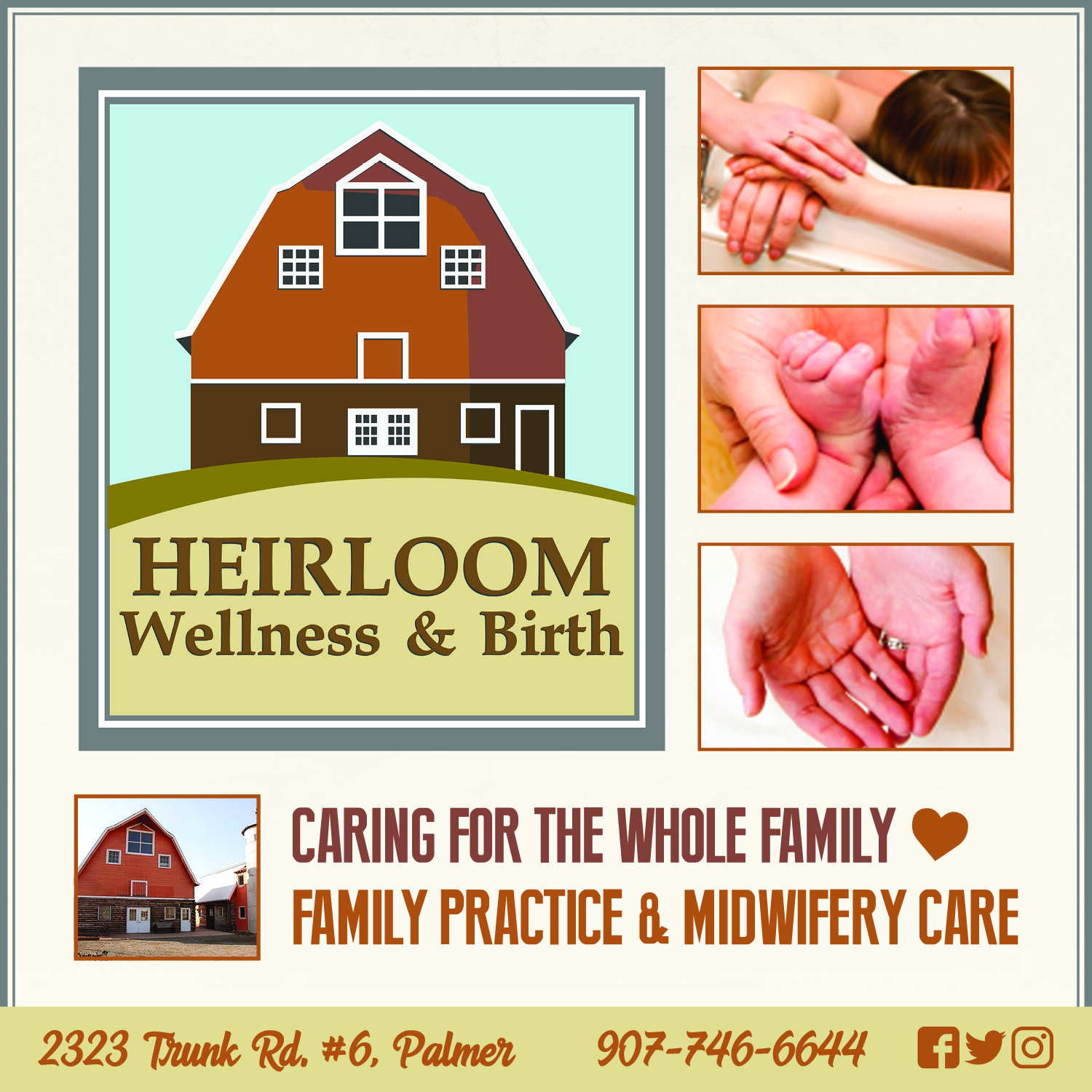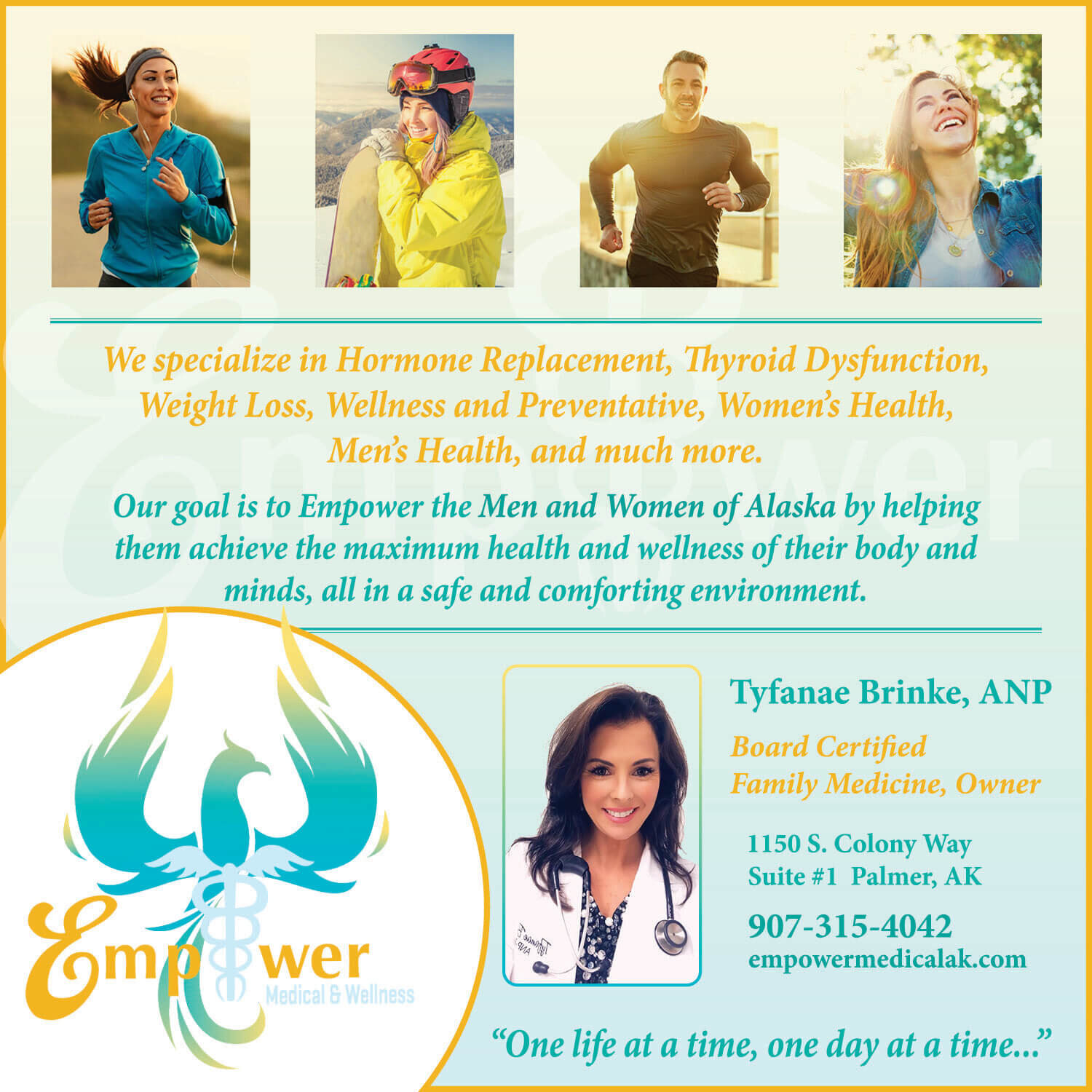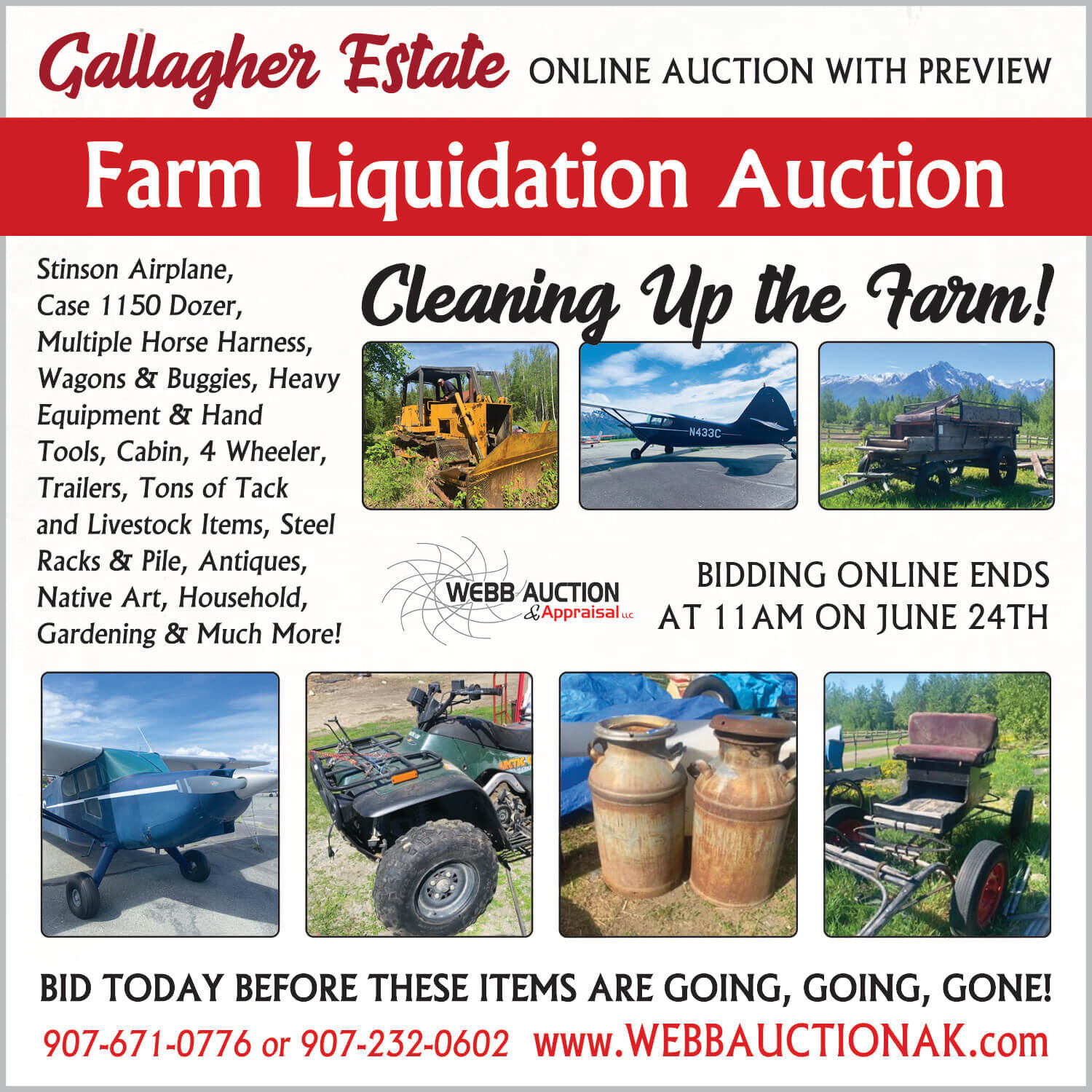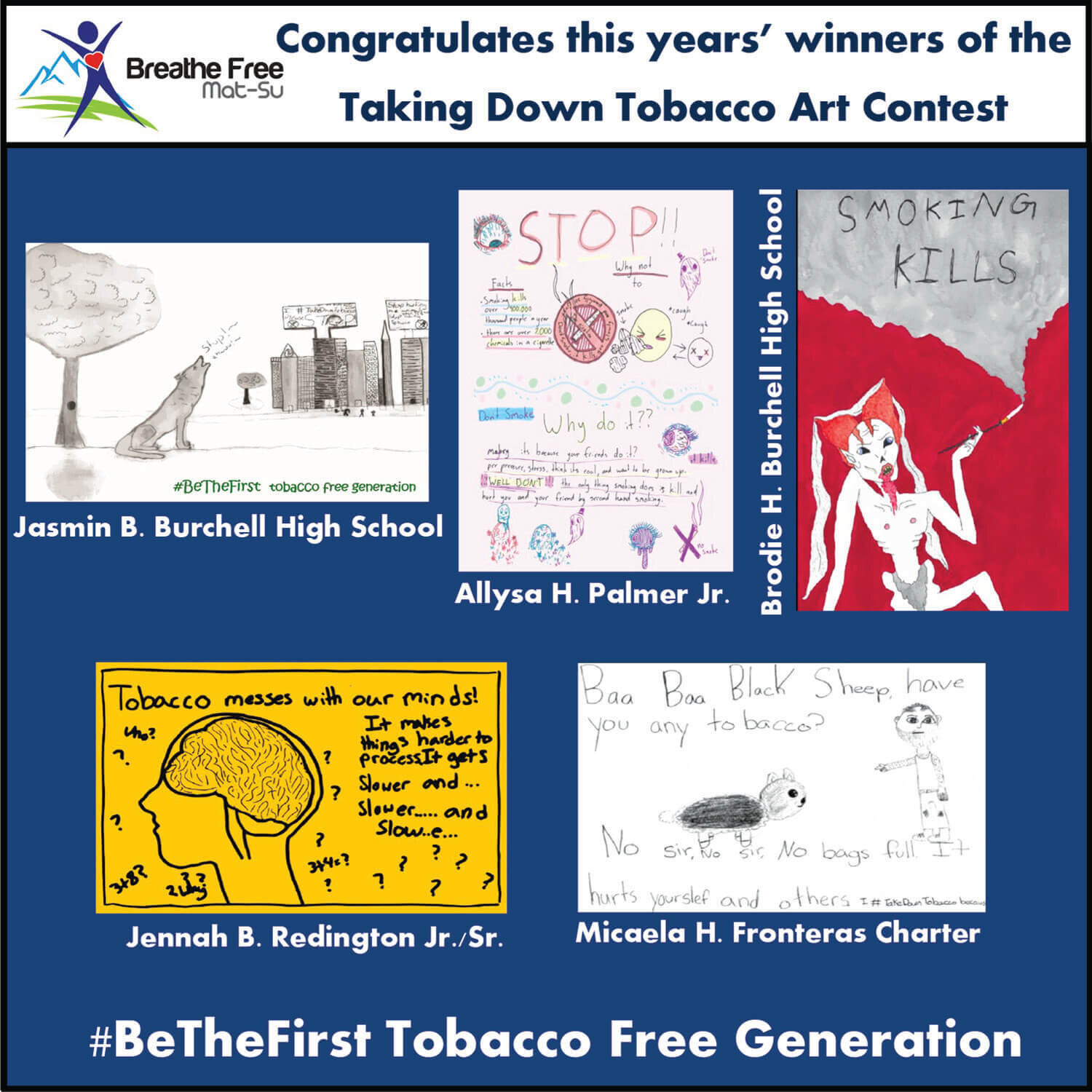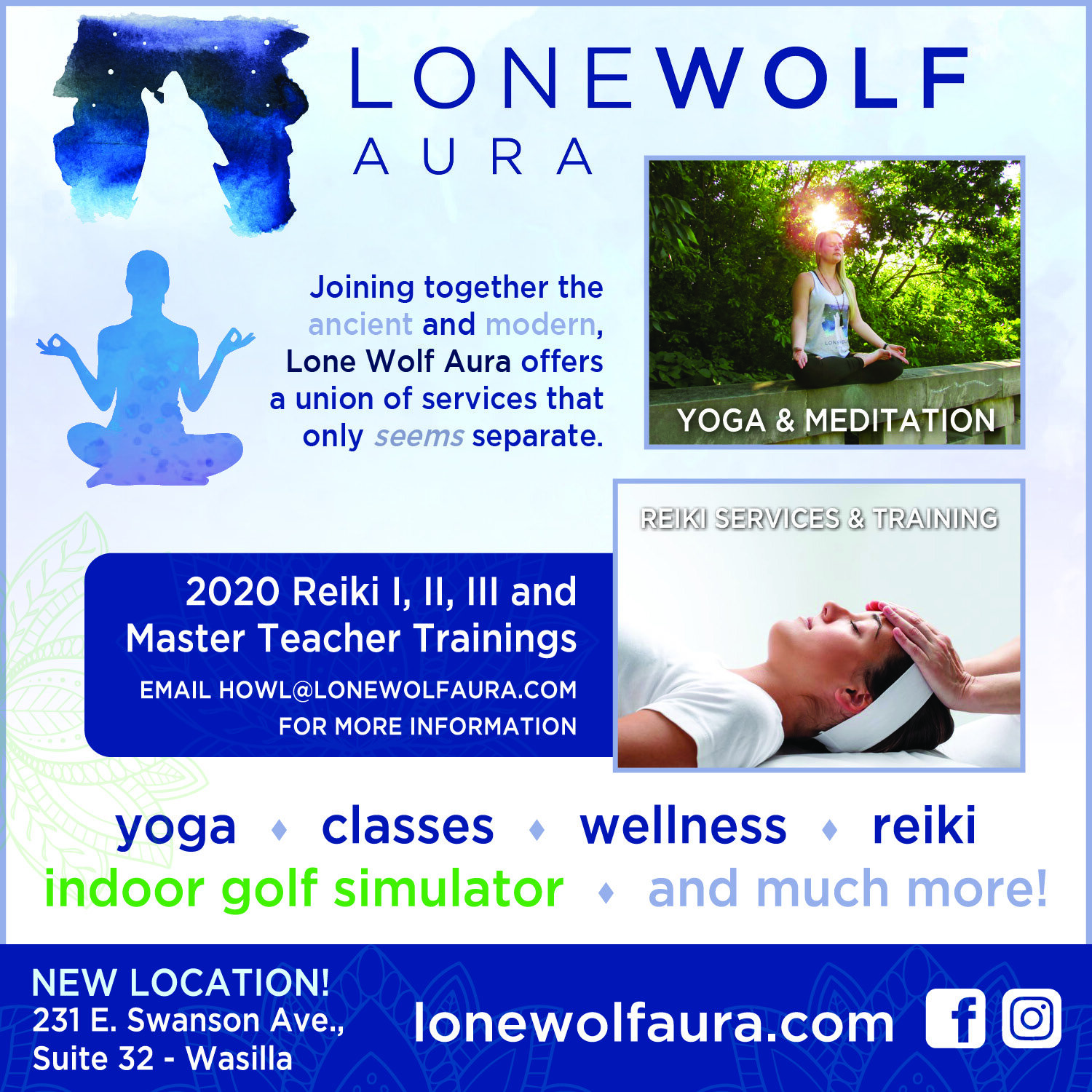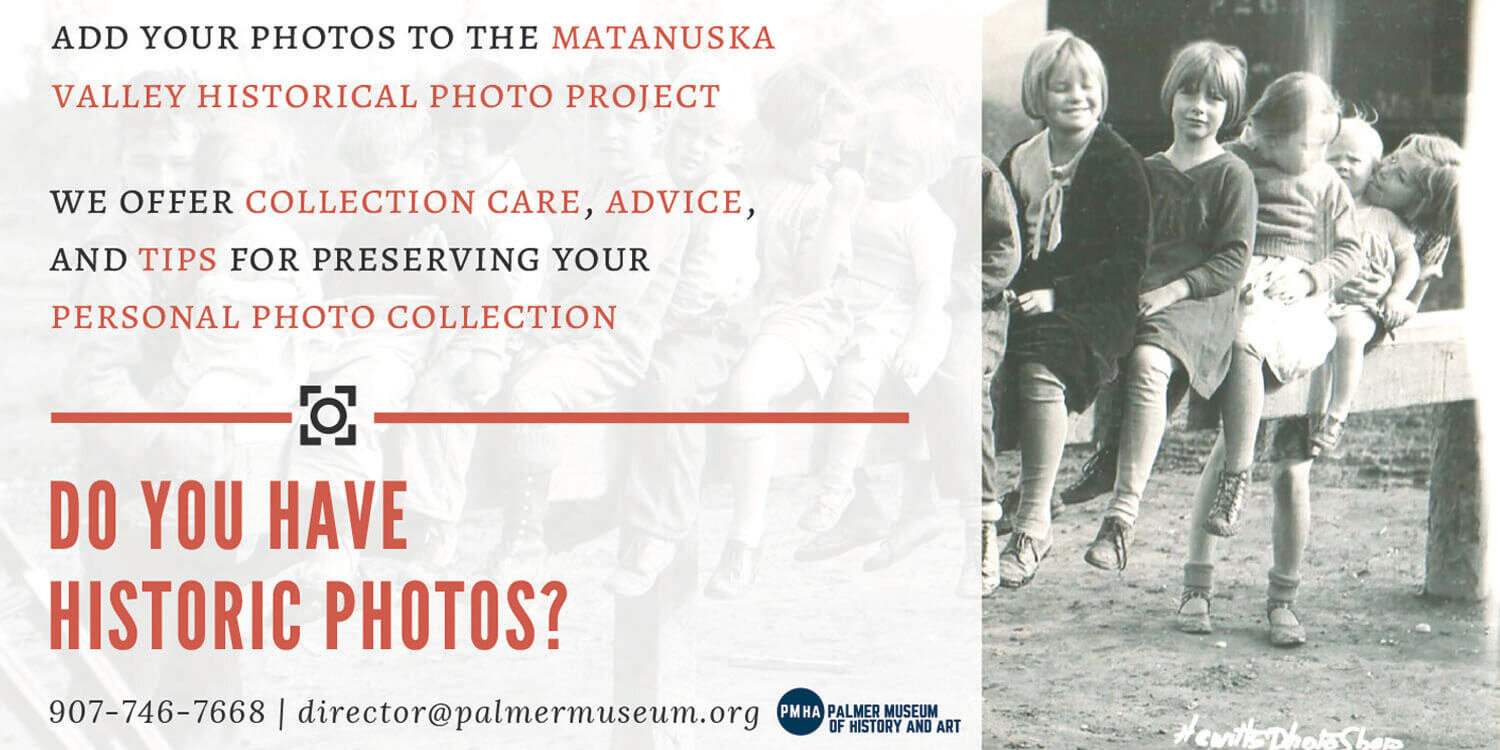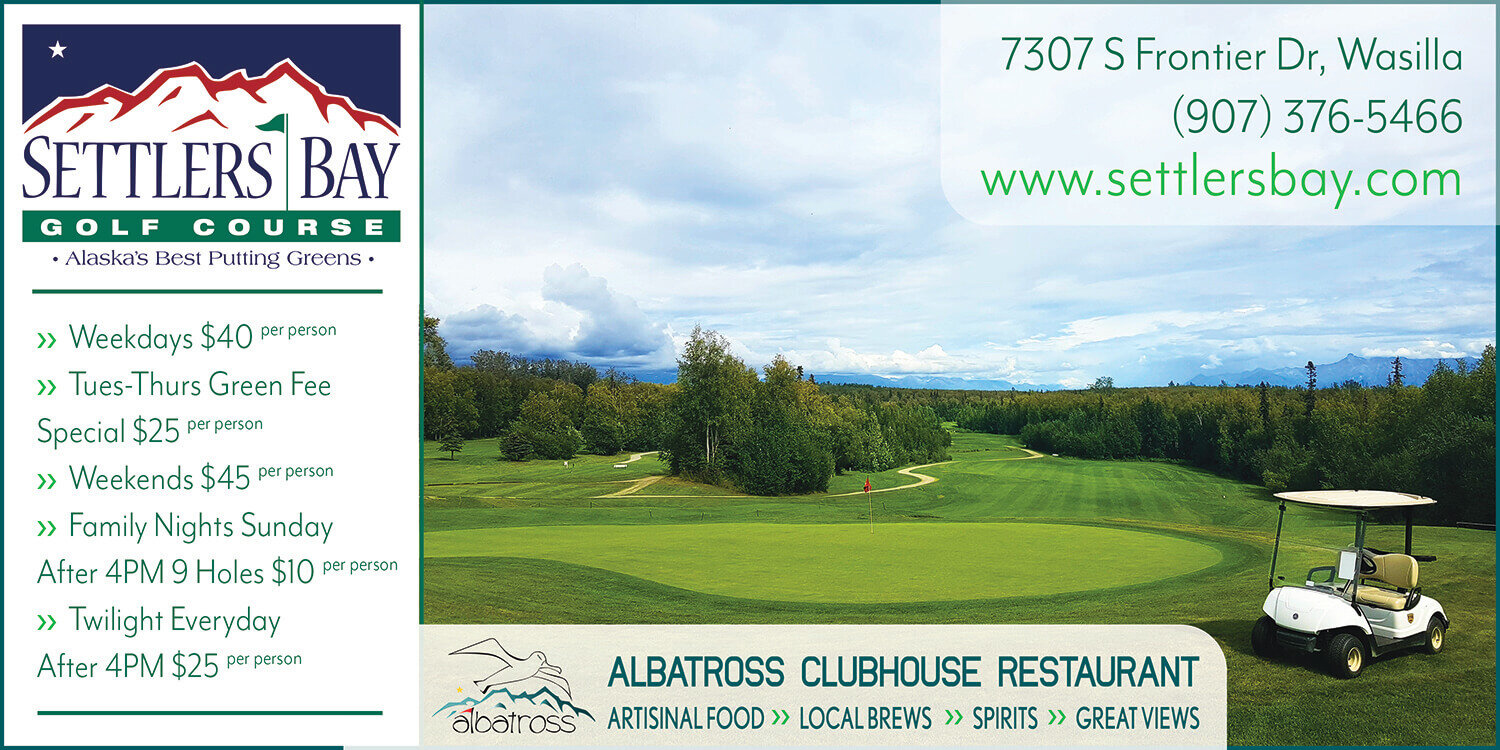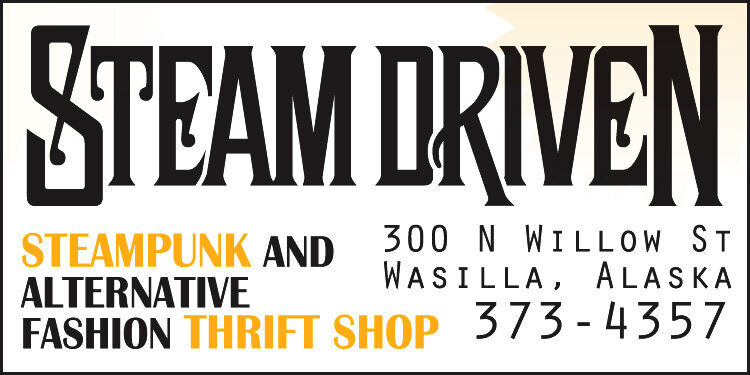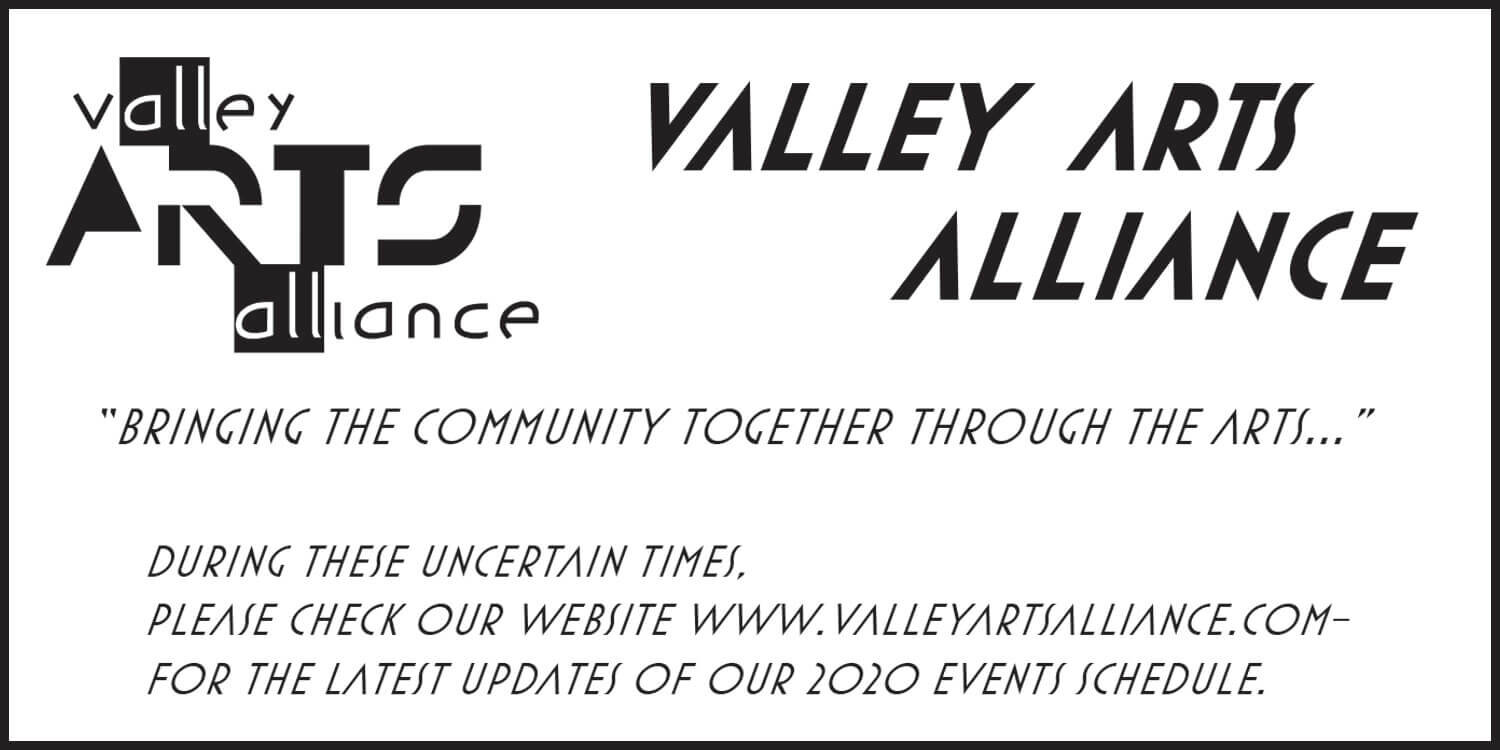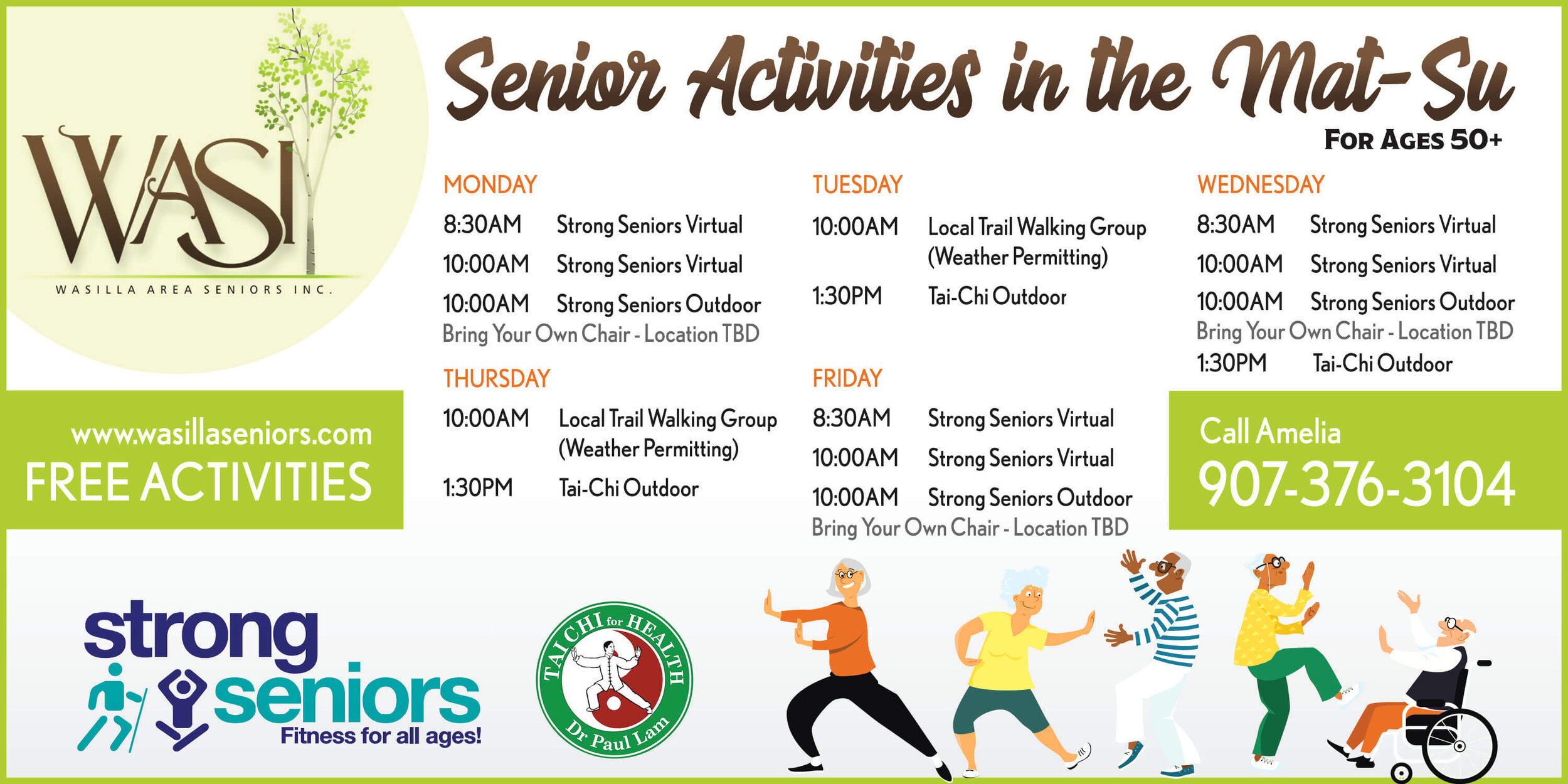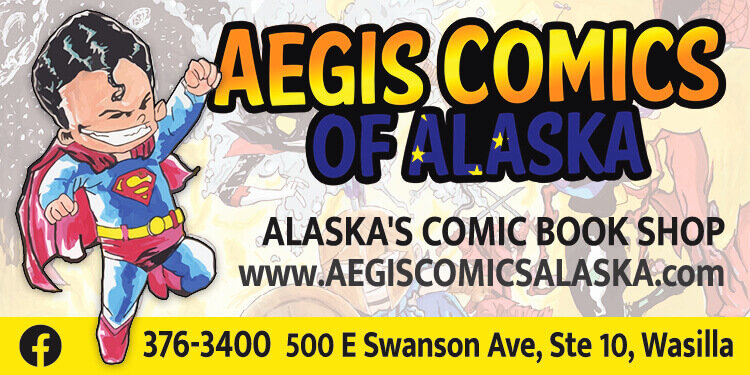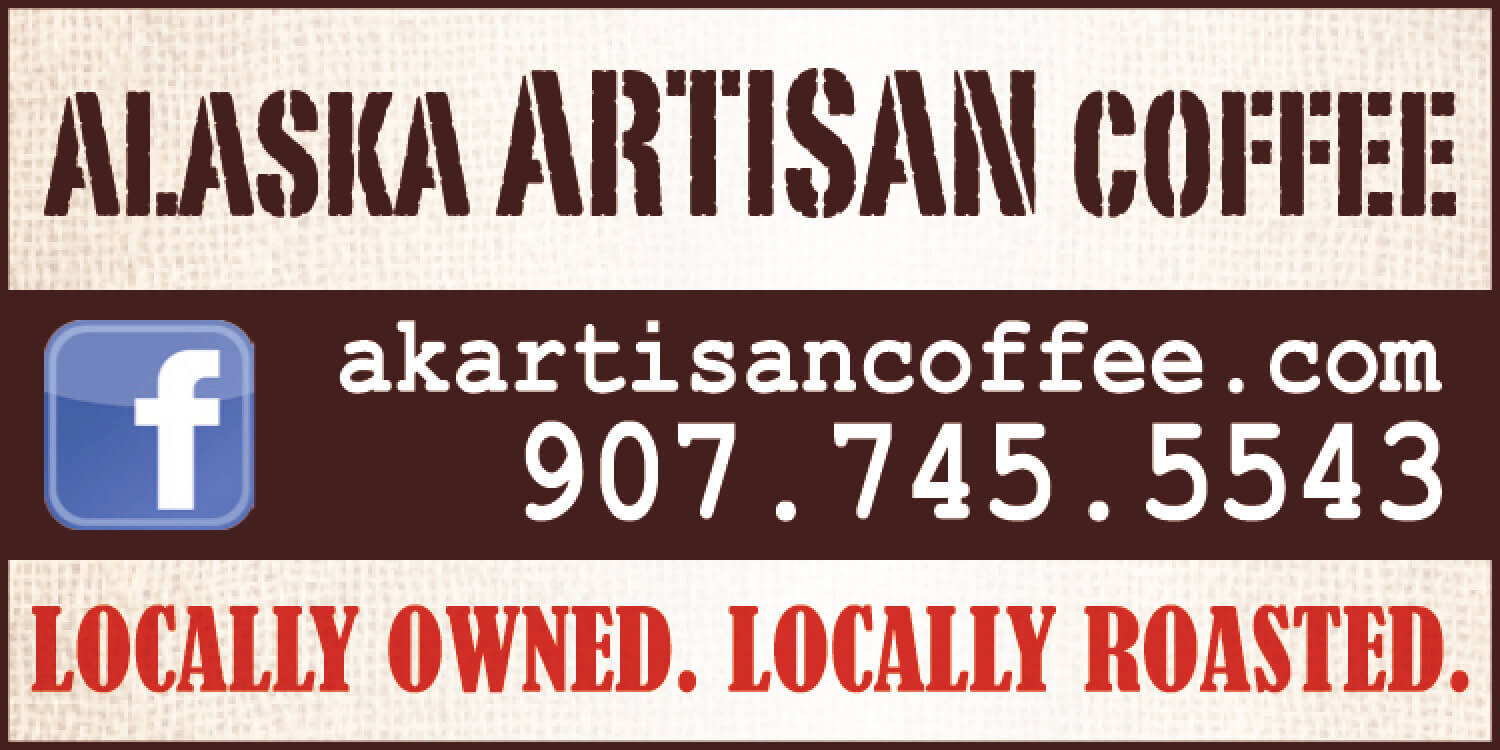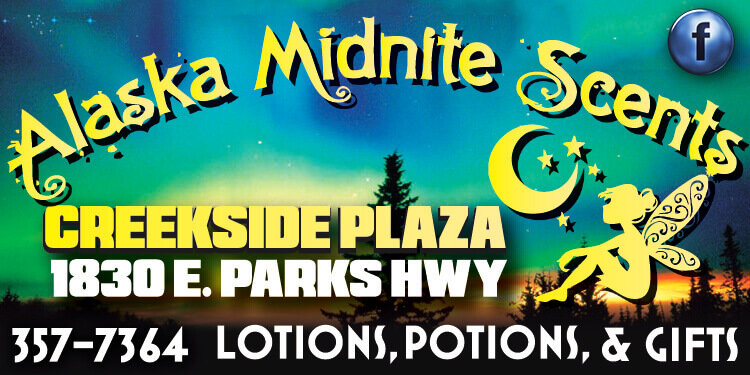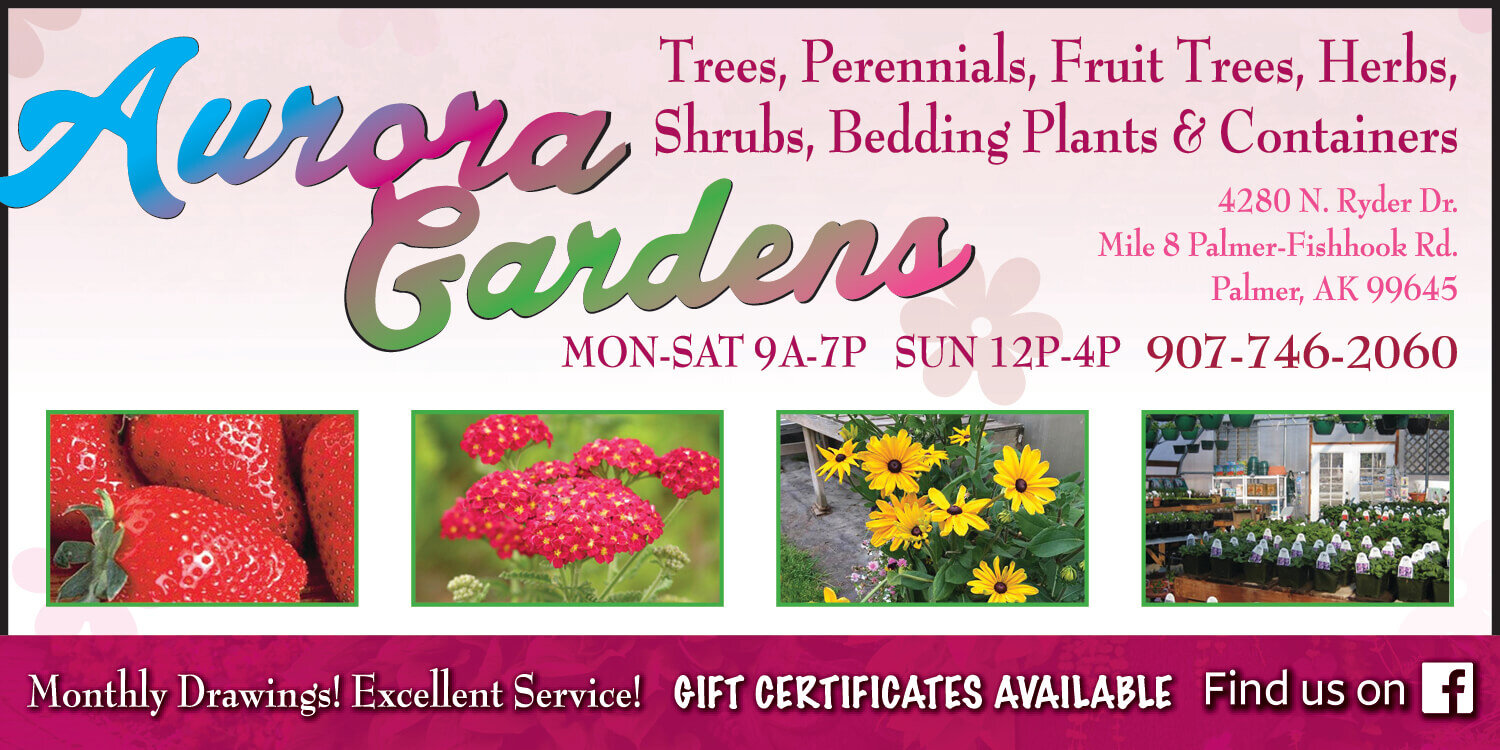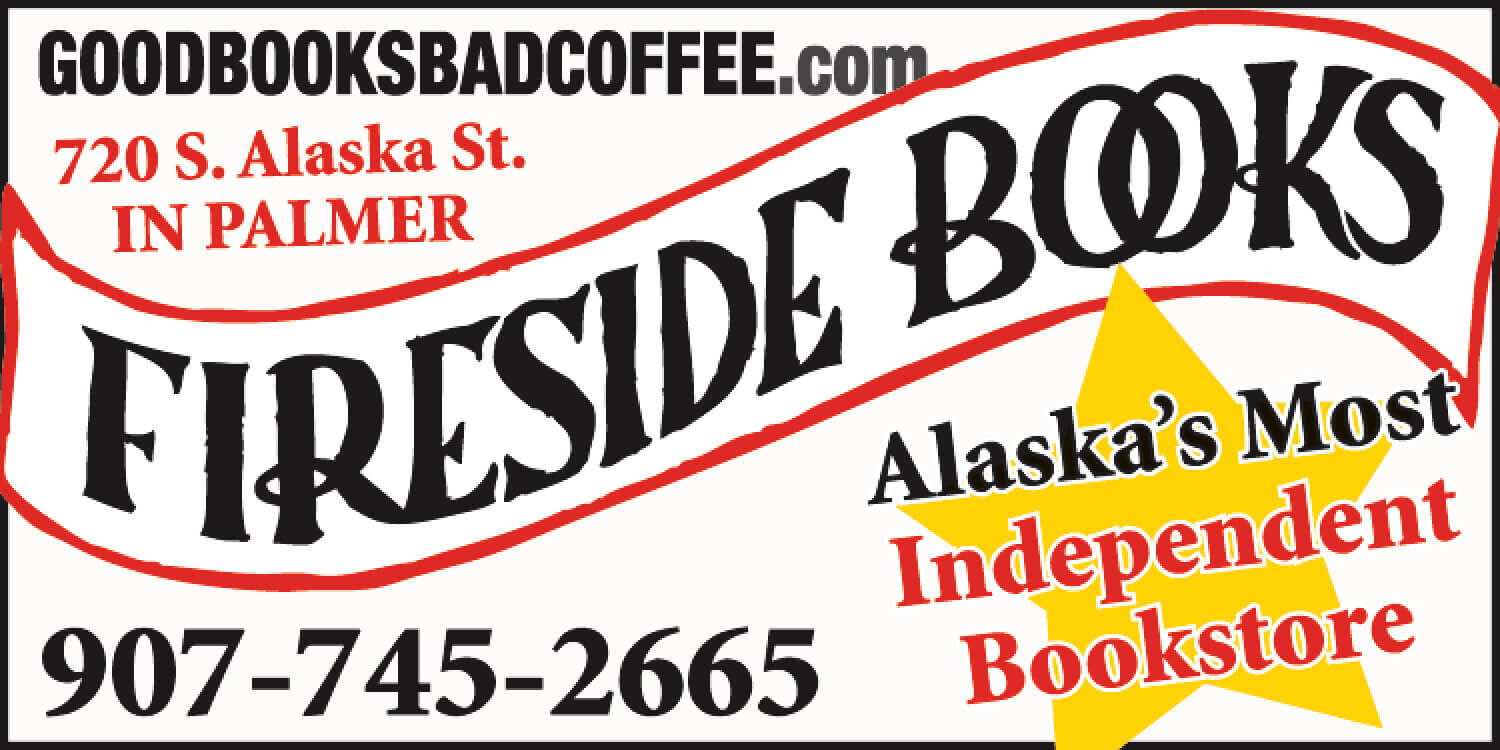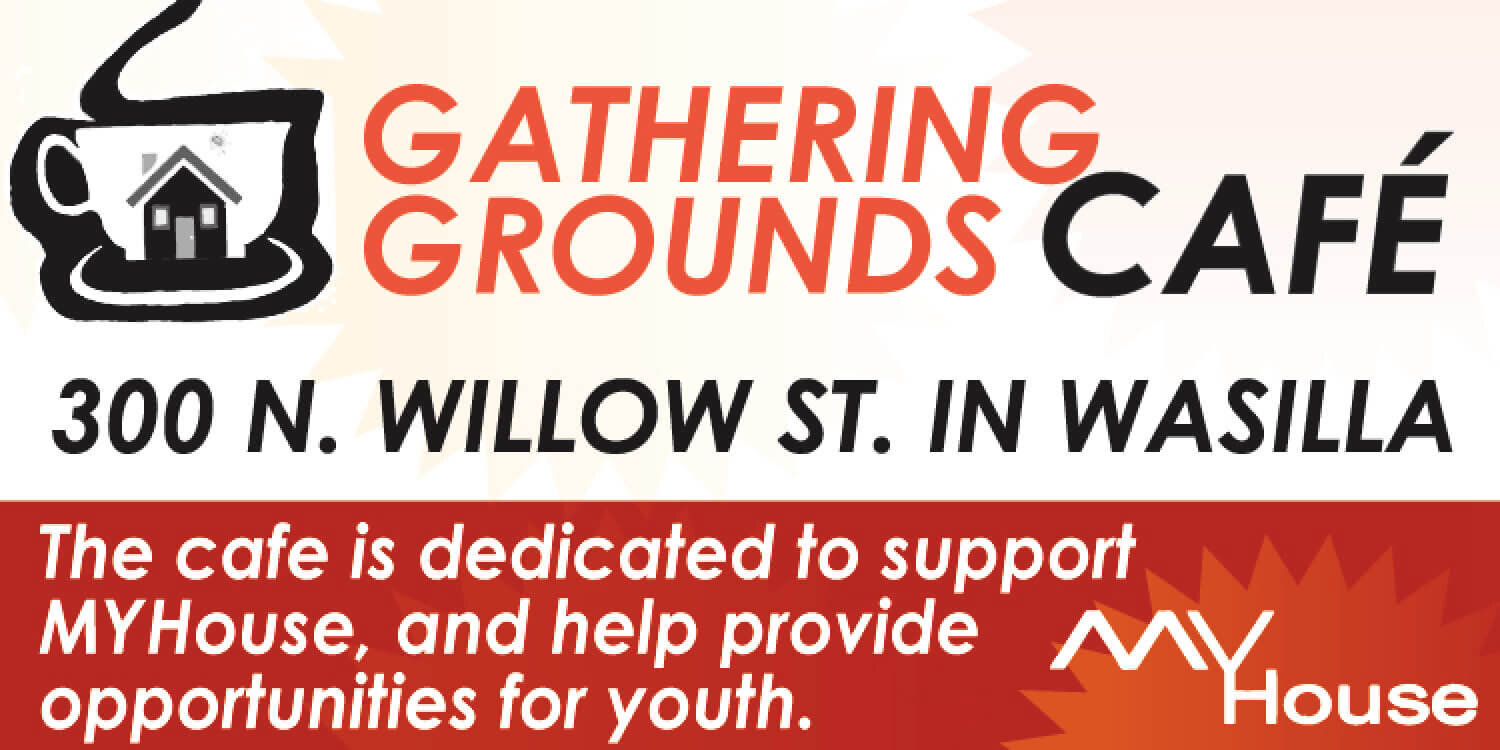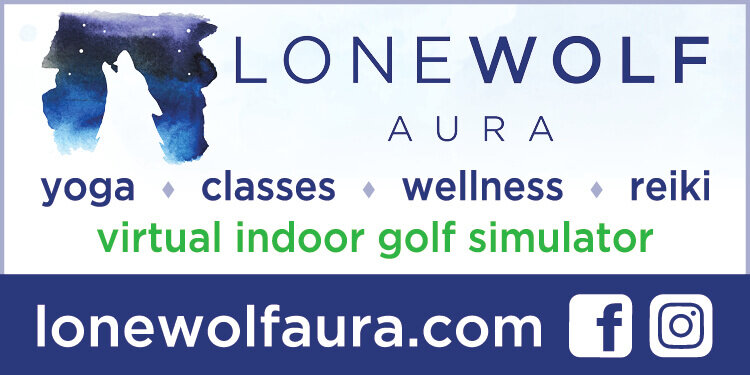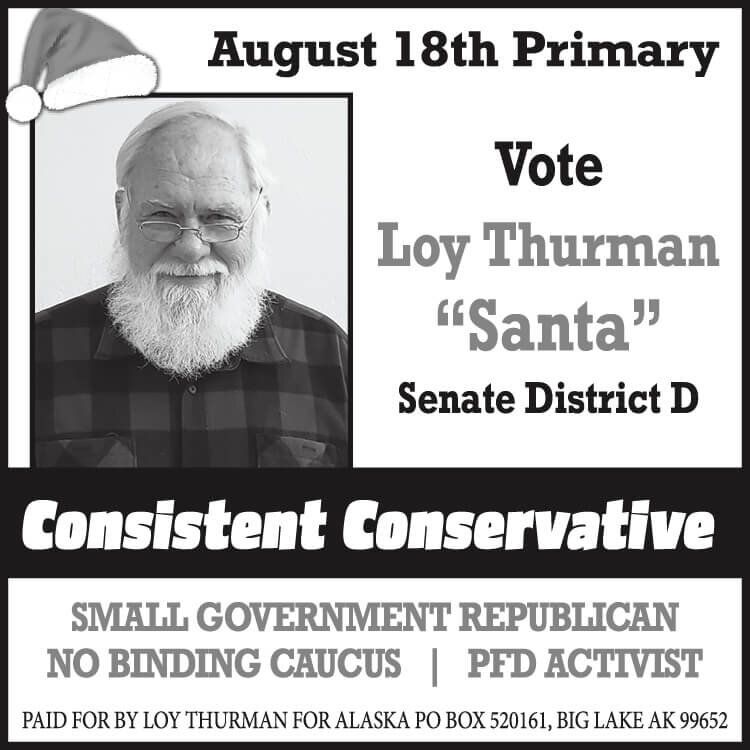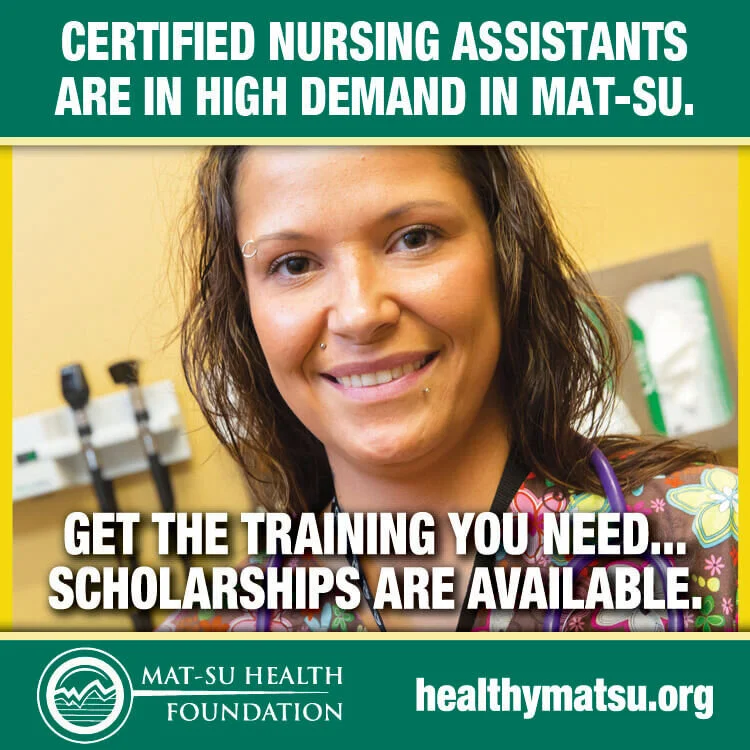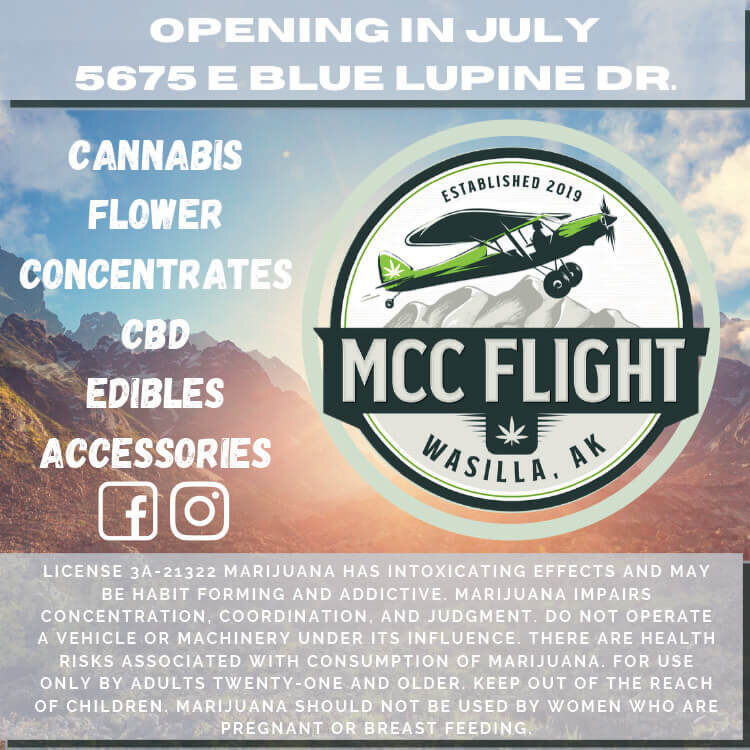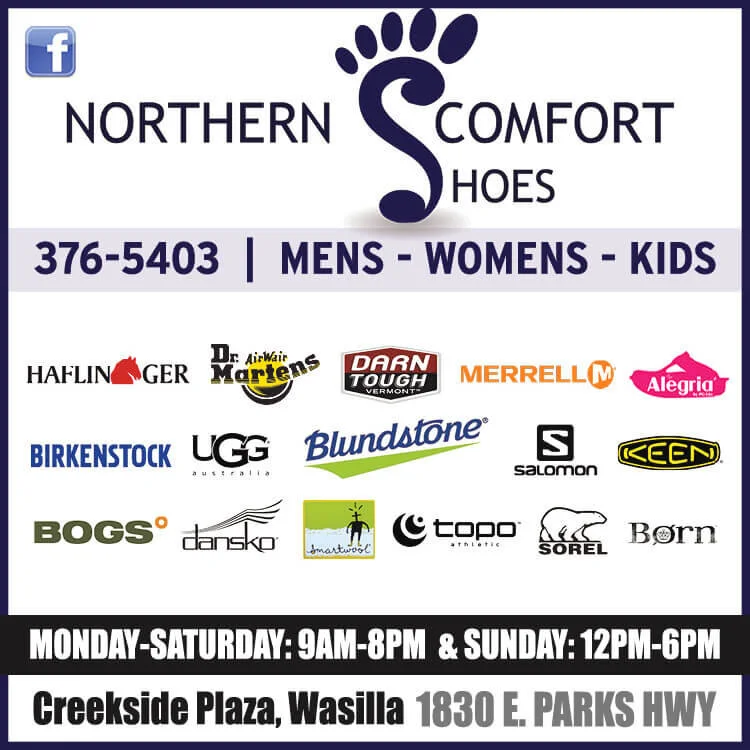Contributed by Liz Jackson, Plastic Bag Committee/Hatcher Pass Bed and Breakfast
Visitors enjoying the view from the top of the Butte in Palmer, Alaska.
“Oh, my goodness, look at the beautiful autumn colors of the plants!” exclaimed Ingrid, a visitor from Germany. “But what is that white and brown stuff there in the bushes?” she asked. “Oh, it is one of those plastic bags they give you at the stores here.” she said, obviously disappointed at the unsightly disturbance to the natural beauty around her. “I can’t believe they still use them here.”
Ingrid, a recent visitor to my bed and breakfast, Hatcher Pass Bed and Breakfast, was surprised by our use of single-use plastic bags. As a 20 year owner of Hatcher Pass Bed and Breakfast and a life-long Alaskan, I am dismayed that we still use the plastic bags that so often end up decorating our beautiful land.
Many visitors to Alaska are shocked that we still use those plastic bags that are so harmful to the environment. Recognizing the dangers of plastic bags, the following countries have either banned or charged a fee for the use of plastic bags: Denmark, Ireland, Wales, Italy, Scotland, Germany, England, Mexico, Brazil, France, Belgium, Rwanda, China, Taiwan, Macedonia, Kenya, South Africa and Bangladesh. In the United States as of 2014, 20 states and 132 cities have banned or taxed plastic bags.
Indeed, in a place like Alaska awash with natural beauty and with tourism being the third largest industry in the state, it doesn’t make sense to send over 20 million plastic bags a year out the doors of stores here in the Mat Su Valley.
According to the State of Alaska’s Department of Commerce, Community and Economic Development’s 2014-2015 statistics, tourism is an industry in Southcentral Alaska that is estimated to generate $866 million per year and employ 19,700 people in the area. This is an industry that doesn’t ask us to build schools, hospitals or homes, but visitors do want to see the beauty of nature of portrayed in the travel brochures they have perused before traveling here.
Fall Colors & Plastic
The plastic bag we all have grown accustom to receiving when shopping at the stores in our home is also the same little creature that escapes into the wind that so often frequents our Valley. Where do these pesky little bags end up? They end up tangled in the branches, bushes, fences, and roadways of our home. It is inevitable - they are so light, they escape from the most diligent shoppers’ hands.
It is our responsibility to keep our land free of debris, and that includes the elusive and runaway plastic bag!
What I have learned as I have endeavored to remove them from the landscapes is that not only are these little bags unsightly, they are deadly to our animals, waterways and fish. These bags never biodegrade - they simply break down into smaller and smaller pieces that end up remaining in the ground, waterways and eventually in the oceans. These tiny plastic pieces have been found in plankton. In the oceans, plankton is growing on the plastic and salmon are eating this plankton and the plastic as well. Sorry to be the bearer of bad news, but the plastic ends up on our dinner plates in our salmon.
Our local elected officials have been looking at ways to reduce the use of plastic bags in our communities. I urge all citizens of our cities and borough to support all measures to reduce the use of single-use plastic bags. Please just say no to the use of plastic bags, and take your own sturdy, reusable bag with you when you shop.

